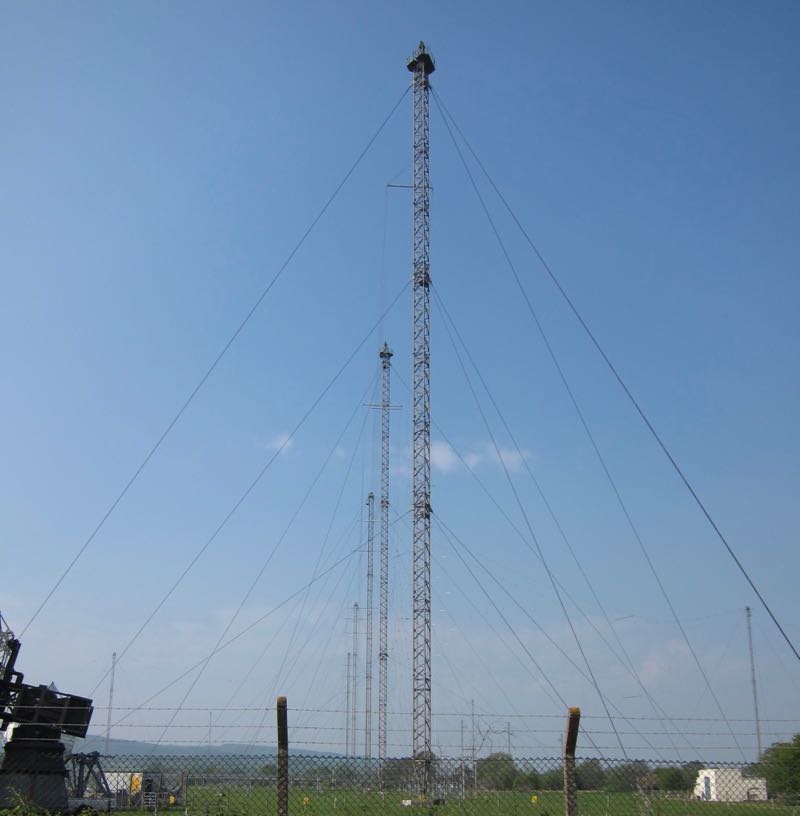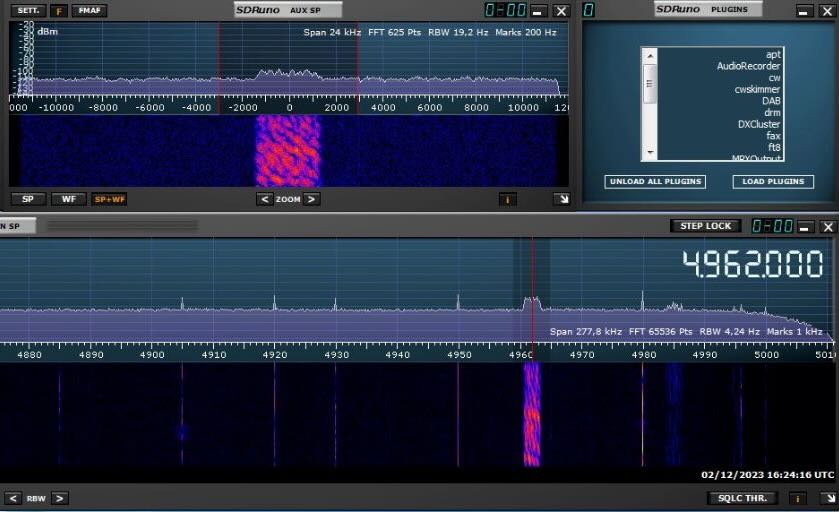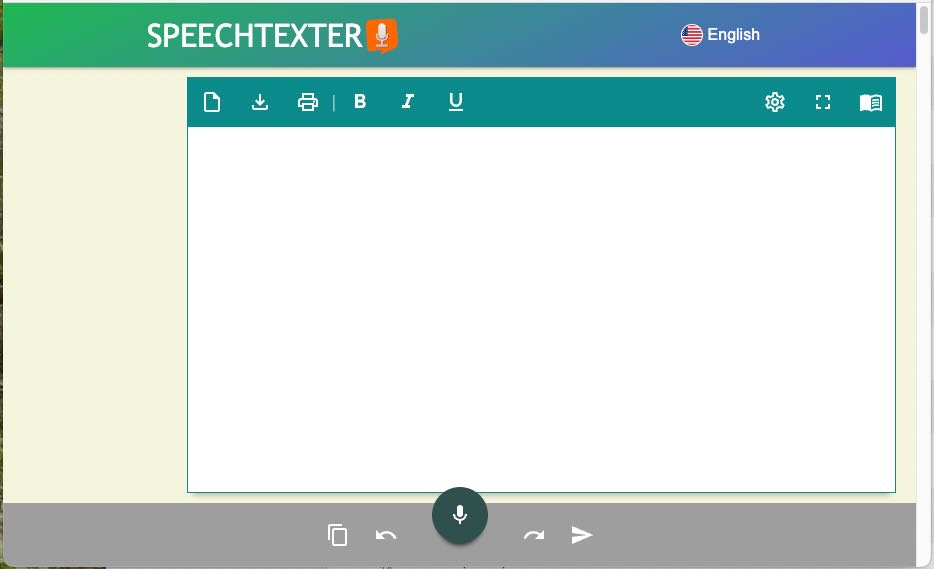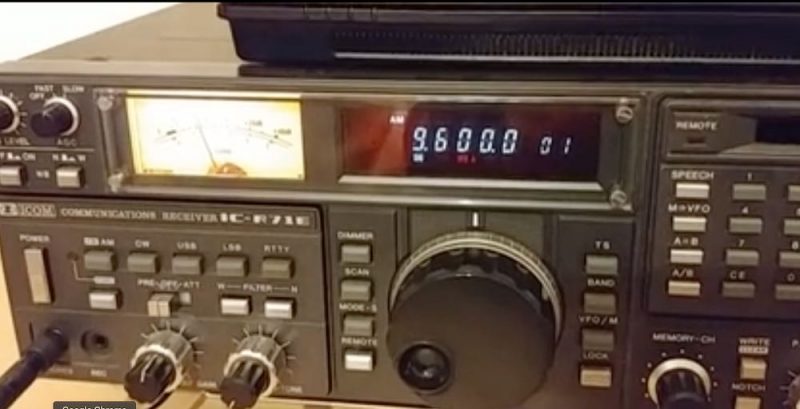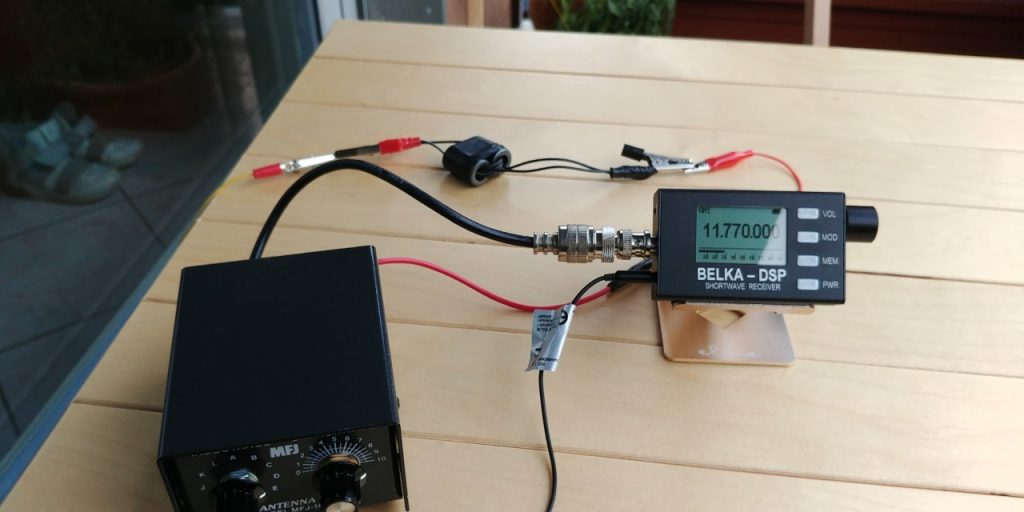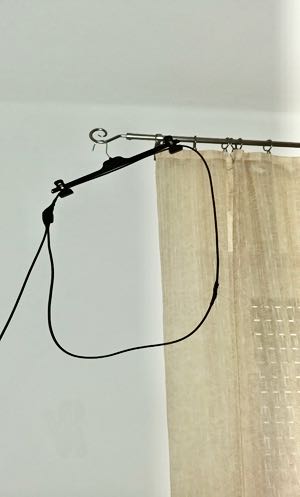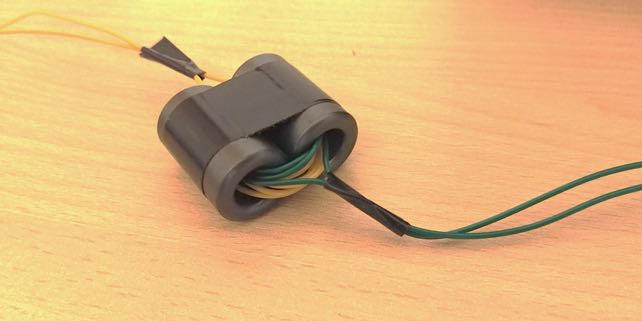Many thanks to SWLing Post contributor, Patrizio Cardelli, who shares the following background story (via our friend, Dave Porter) about a Woofferton test transmission received at his QTH in Italy:
Hi Patrizio,
Thank you for your report and I confirm the details for 9885 kHz are correct. These transmissions were to fault-find on a 250/300 kW sender at the UK HF transmitter station at Woofferton in England.
These duration of these tests can be variable as the engineers can sometimes need a long time to establish a fault or they may interrupt the test, make an adjustment and resume. This is particularly so if the fault is of an intermittent nature.
Encompass Digital Media, Woofferton is the only remaining UK HF sender broadcast station and also is the only one with this transmission test audio and email address.
The audio is contained in a file play-out system and incorporates non-copyright music and voice announcements from one of the engineers, Martin, 2E1EKX at the transmitter site.
There is a Club amateur radio station on site with the callsign M0WOF and the operators are Matt G8XYJ, Dave M0MYA, Gillian M0OVW, John G1JOD and Martin 2E1EKX.
The amateur radio repeater GB3VM that was on site has recently been moved and the history of it is here https://hbrg.co.uk/gb3vm/
Woofferton has recently celebrated 80 years on the air and there was much publicity in the broadcast media.
My son Matt, G8XYJ was the Transmitter Engineer on duty running the 9885 tests.
He features it in the following Youtube video:

